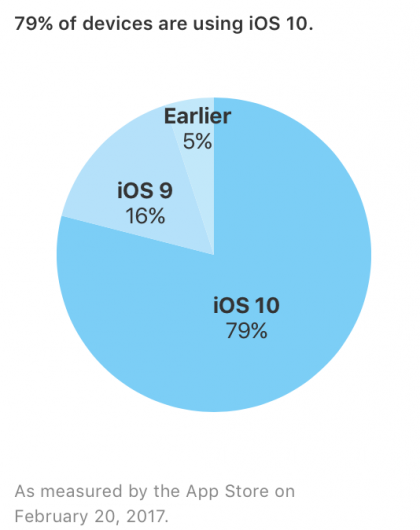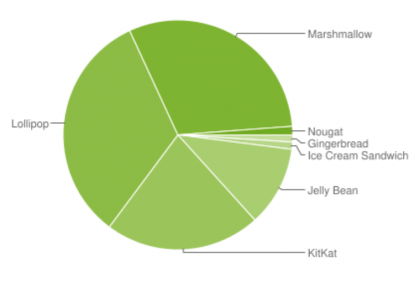Brian Foutty, SwiftTeacher.org, on the differences between an iPad and a Chromebook in the classroom:
The iPad’s camera is the BIGGEST curricular differentiator. The ability to use the iPad’s camera to take high quality pictures or video to record evidence for a presentation in Keynote or Explain Everything is invaluable in the classroom.
And:
When I taught math, my students would use the camera to take video to track the trajectory of a football being thrown one day and a pumpkin being dropped from 45 feet the next day. Students would then use the Venier Video Physics app on another day to chart the paths of the football and the pumpkins. The app generates mathematical equations.
And:
Having a small, lightweight, and maneuverable device (think iPad) with a great camera is what made it possible for me to provide my students an interesting, engaging, and memorable educational experience. And this is but one of many examples that my colleagues and I are doing in my district on a weekly basis.
Camera, powerful processor tip the scales to the iPad.
More from Brian:
The iPad’s microphone is also a key asset of the iPad. The microphone allows students to record their thoughts, questions, and observations as part of class notes using Notability or class projects using Explain Everything, a voice recorder app, or a student feedback app such as Recap. Audio gives the students yet another vehicle to express their ideas and their learning in order for teachers to keep them involved and engaged in learning. Combining the microphone, the camera, and iMovie gives teachers a really powerful curricular tool to engage students in a way that allows students to create content both academically and creatively that results in deeper, more meaningful learning experiences for students.
And:
As I previously mentioned, my district did, at one point, decide to purchase Chromebooks, which we still have because of their light use and another reason I will mention later. When my district received our Chromebooks, we unboxed them, deployed them, and that was it. We, as teachers, had to figure it out without any support or help other than internet research. Google’s direct support of Chromebook is non-existent because they did not manufacture the product. Let’s not forget that Google’s top business is Search! They collect data about our use and sell it to advertisers.
And finally, on affordability:
Many Chromebooks are cheap(er). Many of them are plastic and not well made, but that cheapness comes at a cost: durability and residual value. The conventional wisdom (in education) has been that Chromebooks cost schools less money to deploy. I do not believe this conventional wisdom to be actual wisdom or even true. The new iPad definitely renders this argument for choosing Chromebook completely null and void.
This is a great piece, from an educator with real world teaching experience, on the myriad advantages of the iPad.


